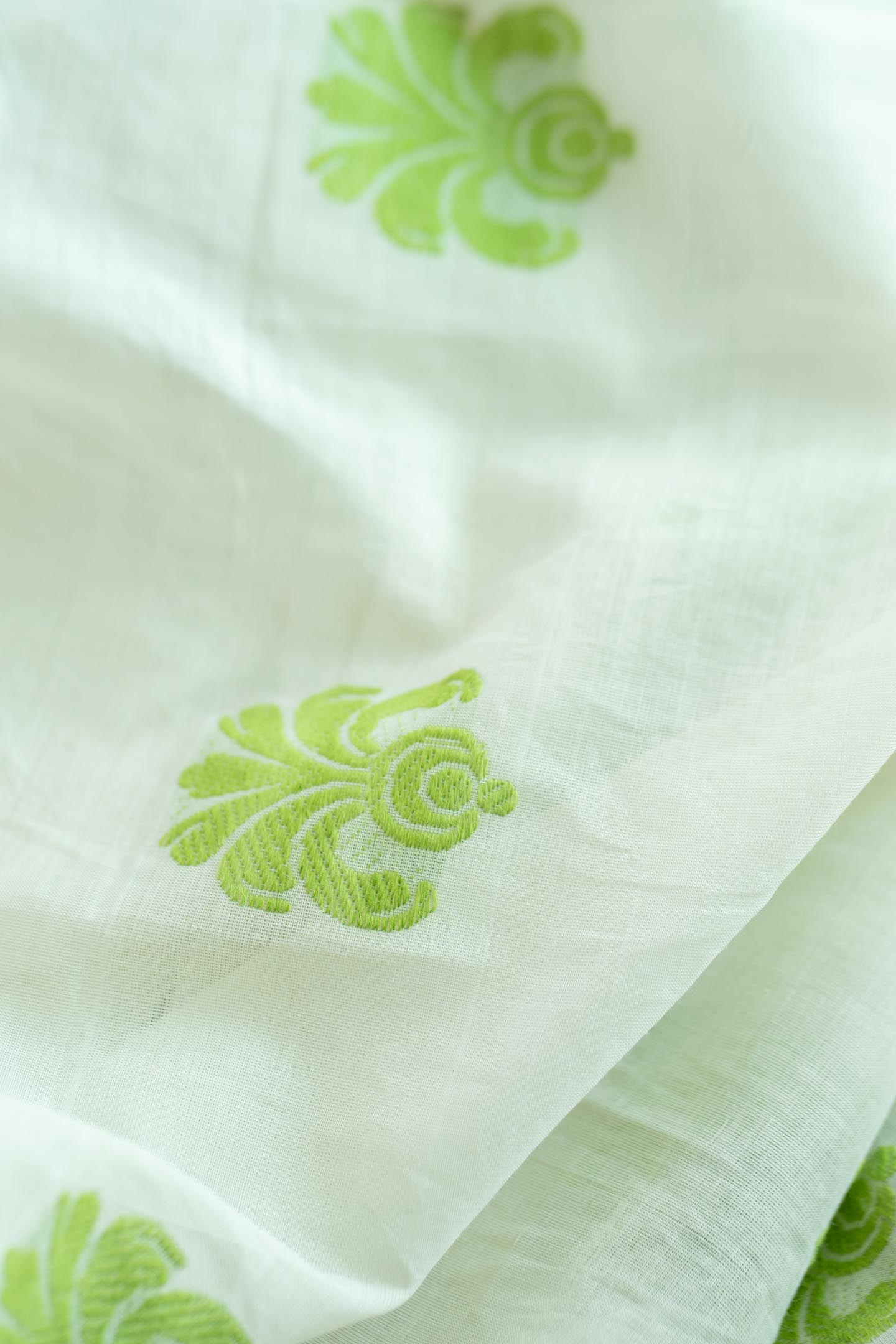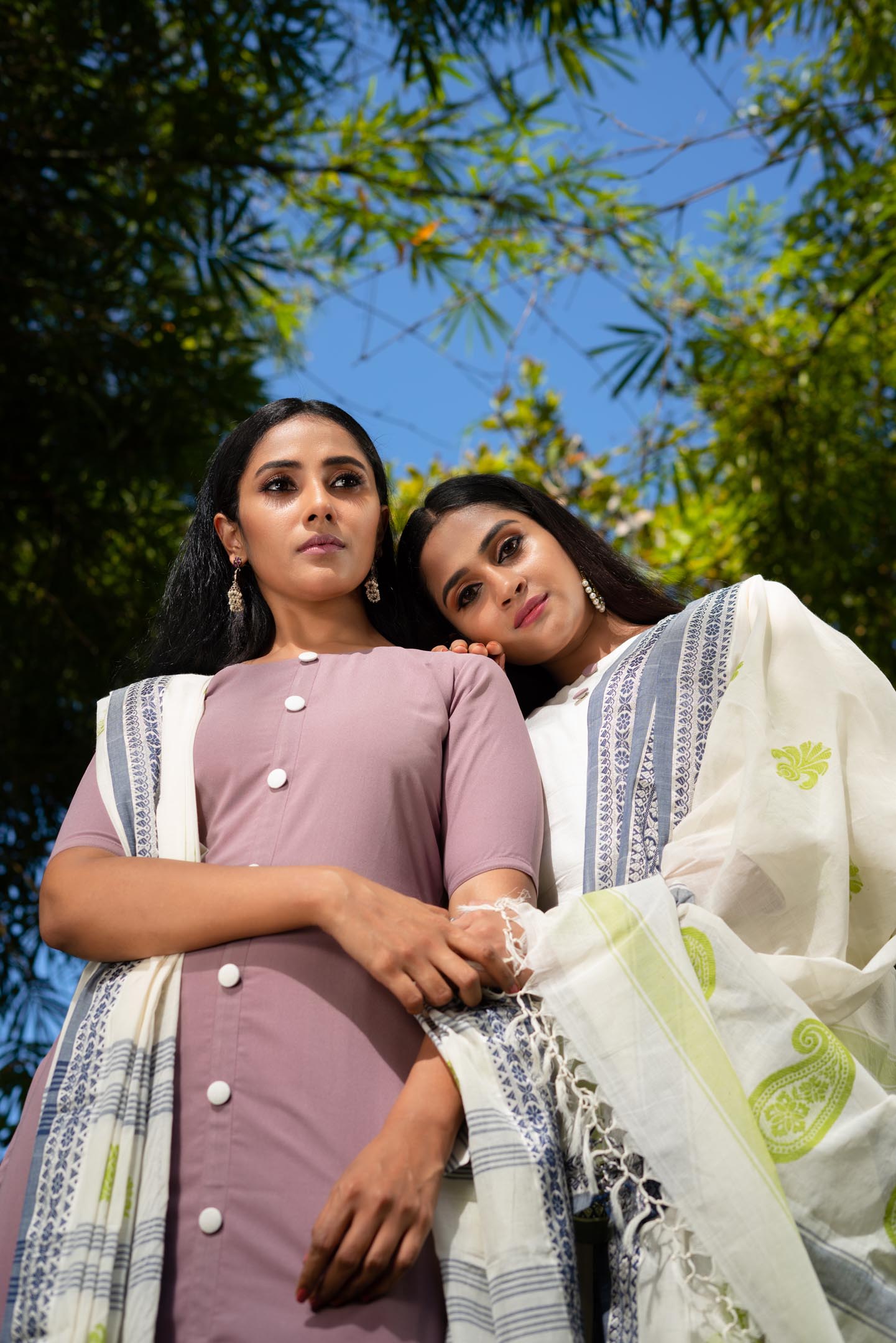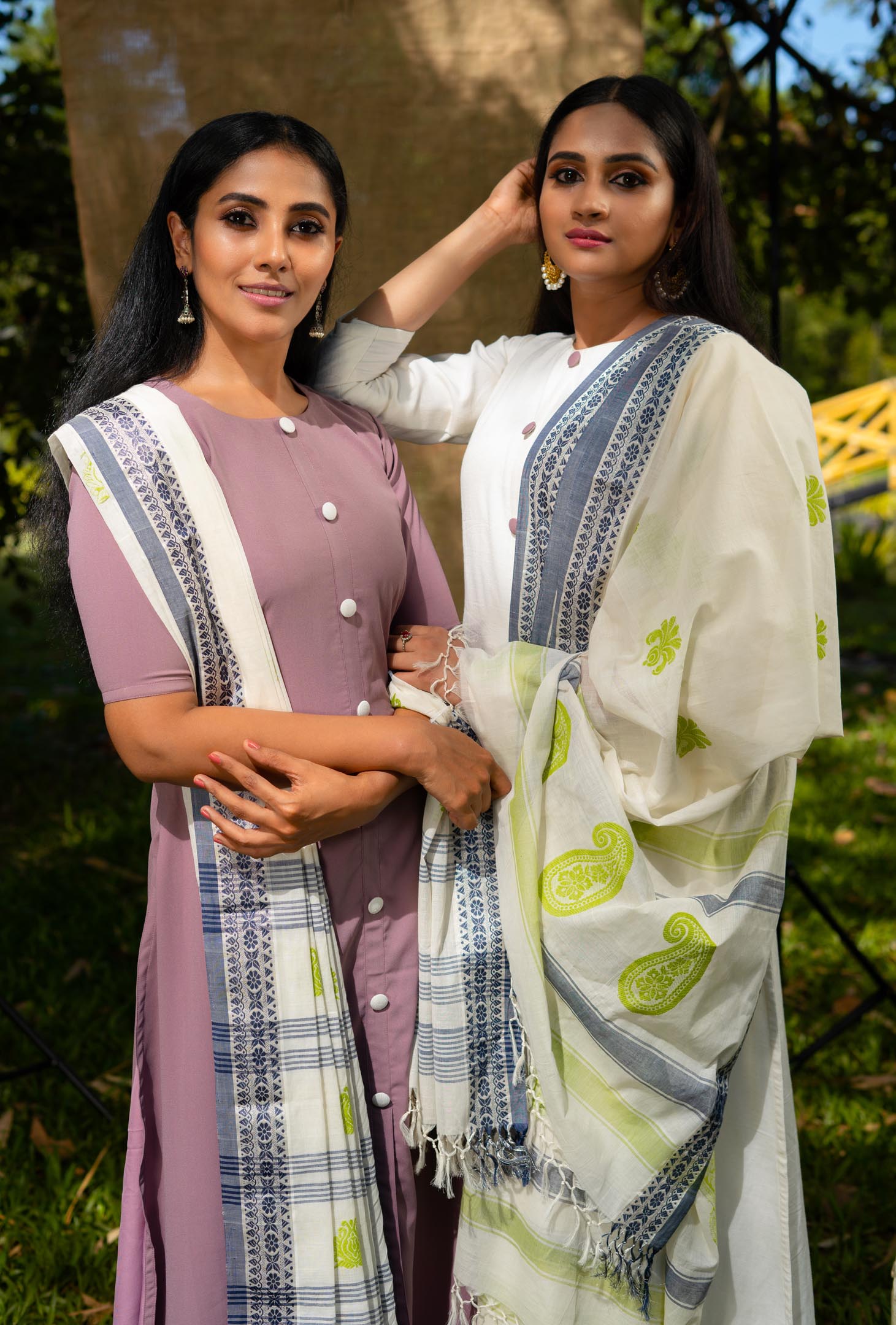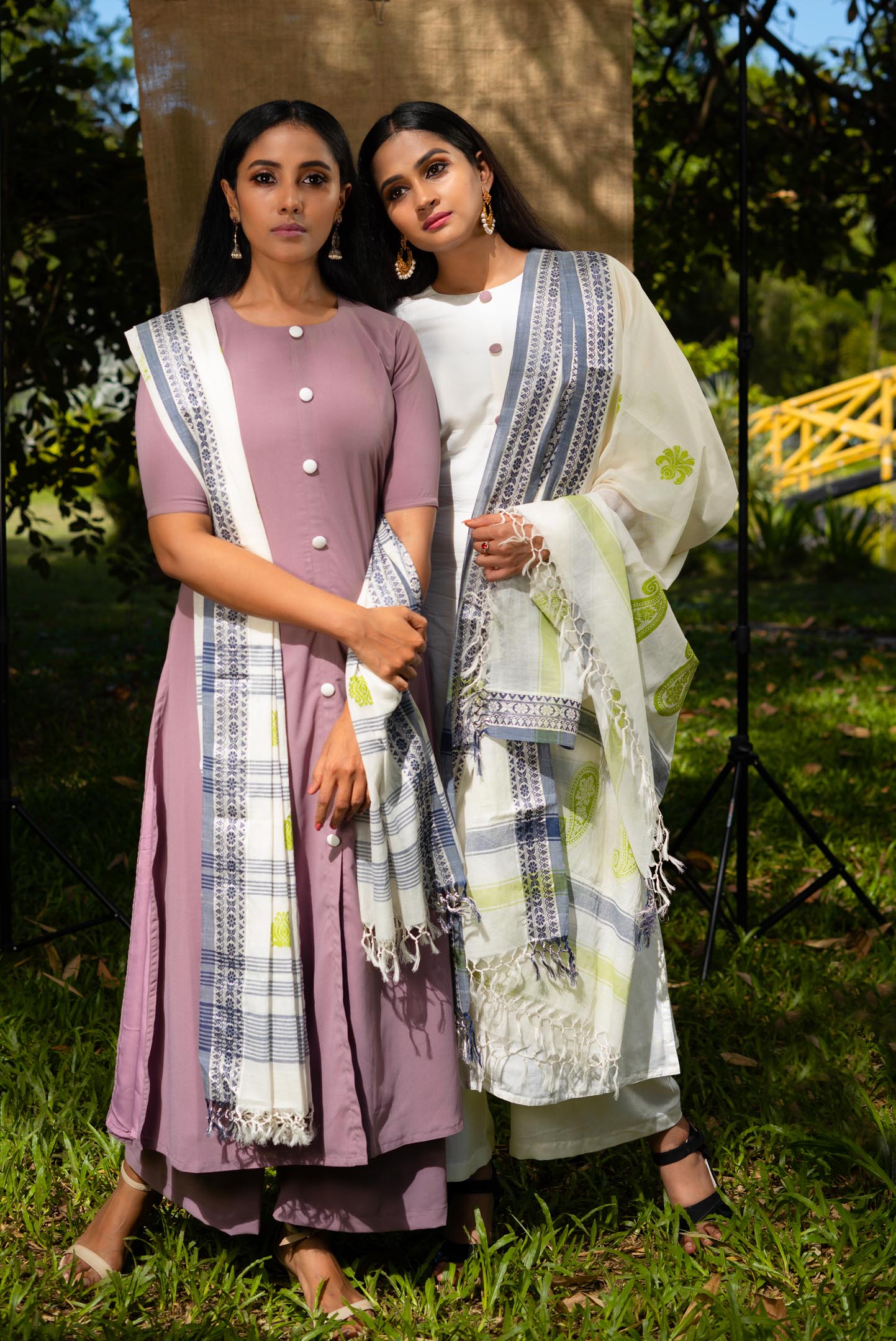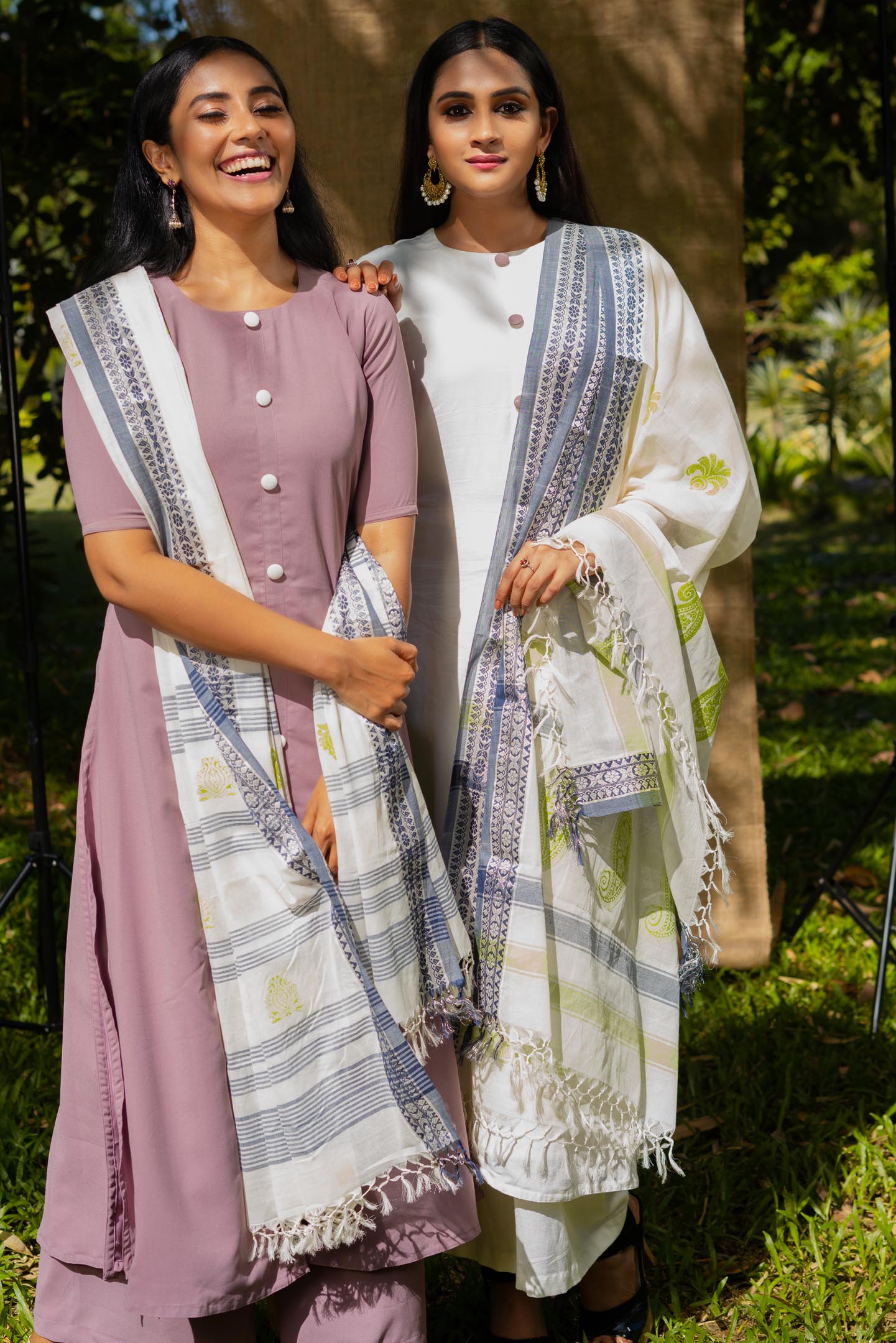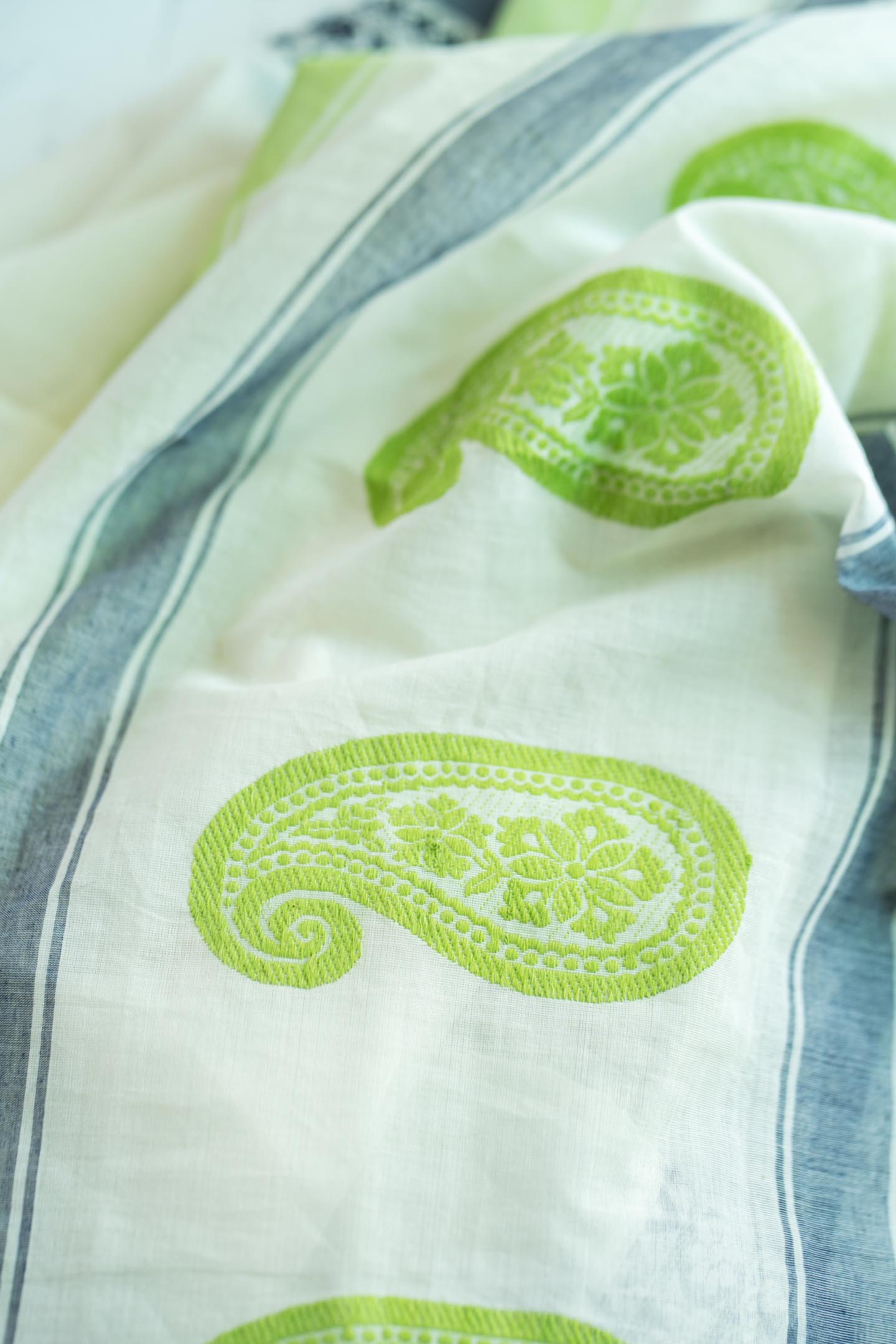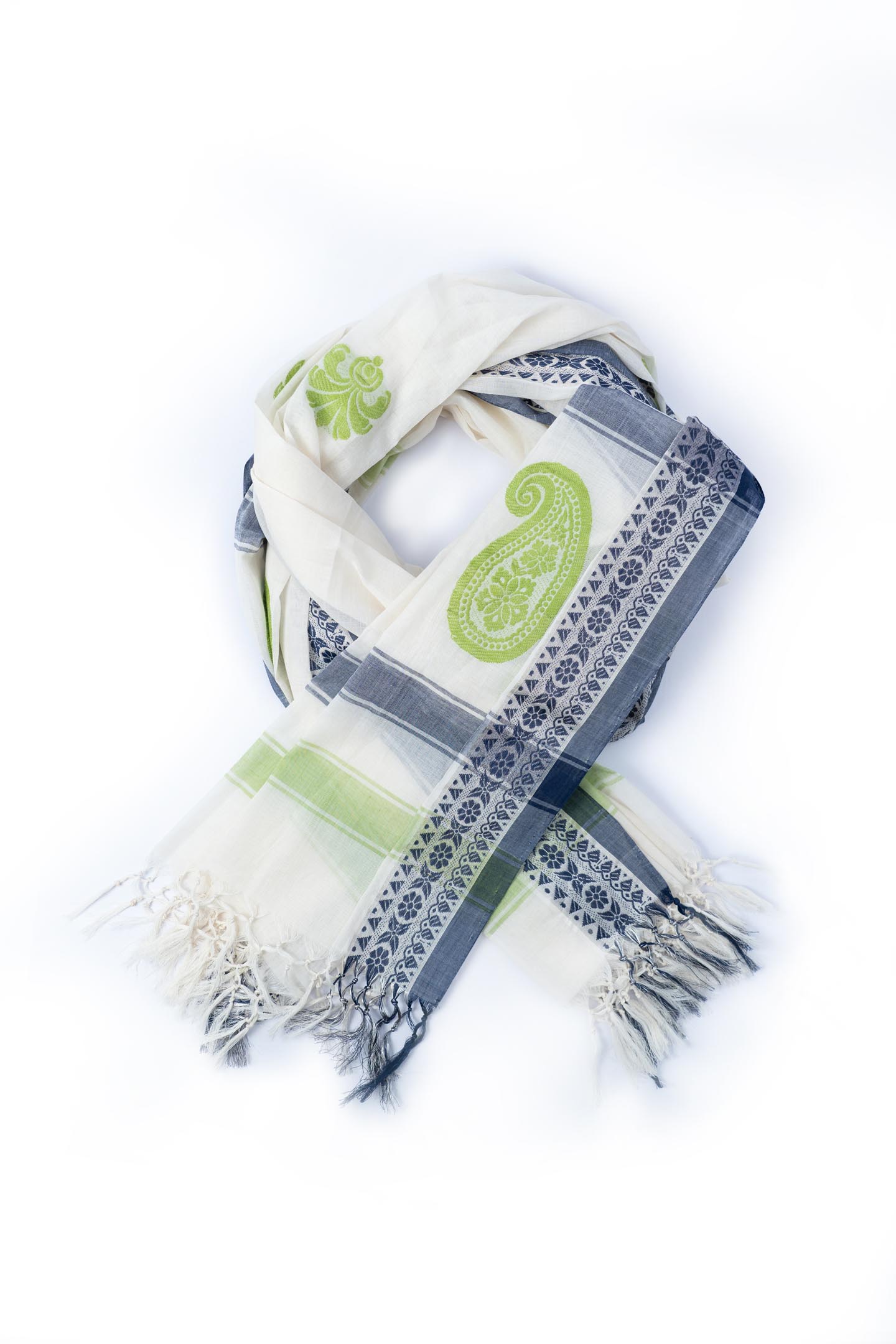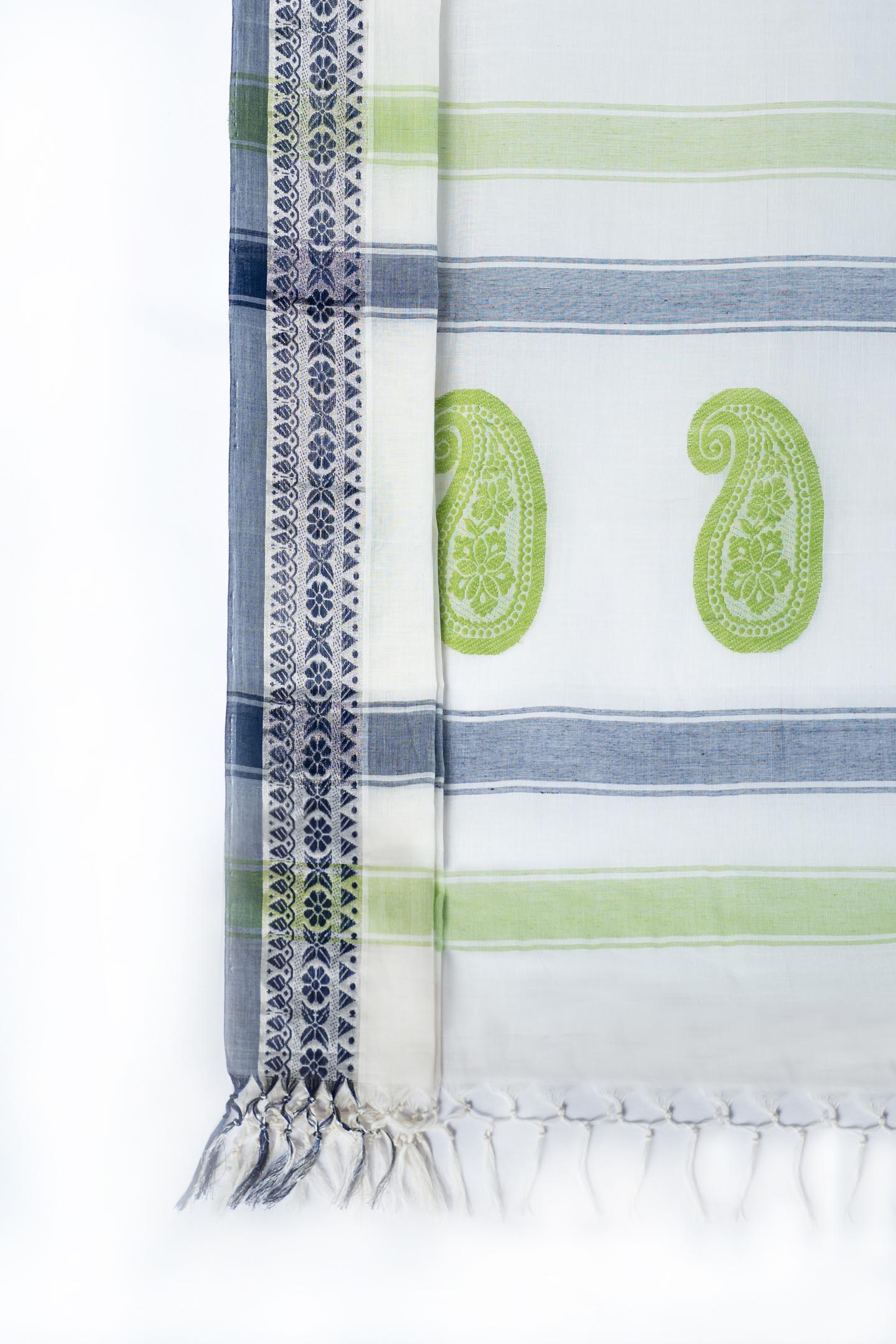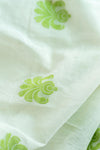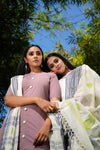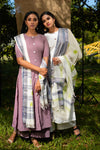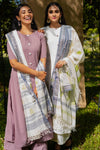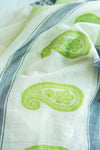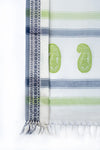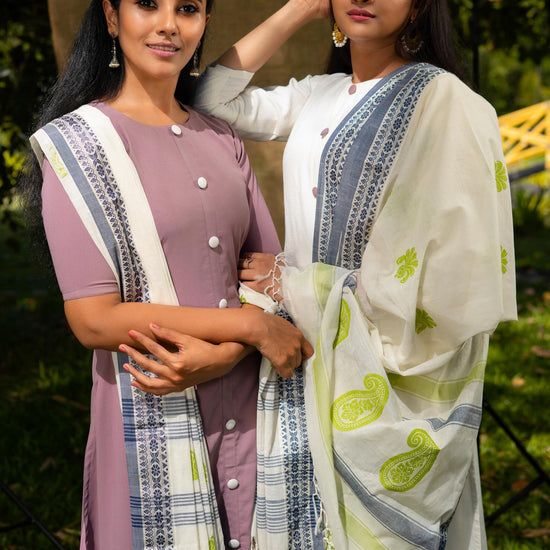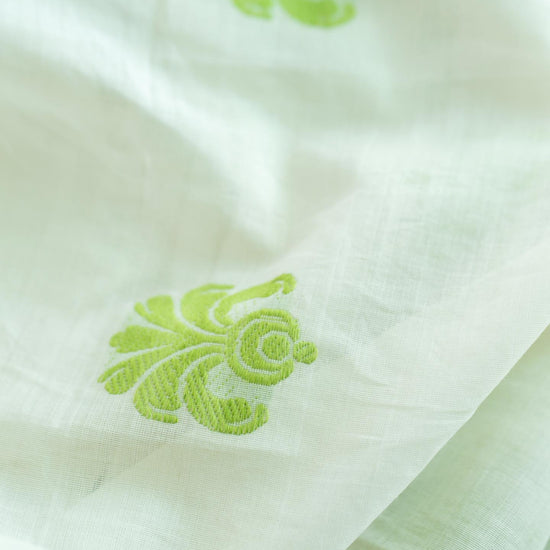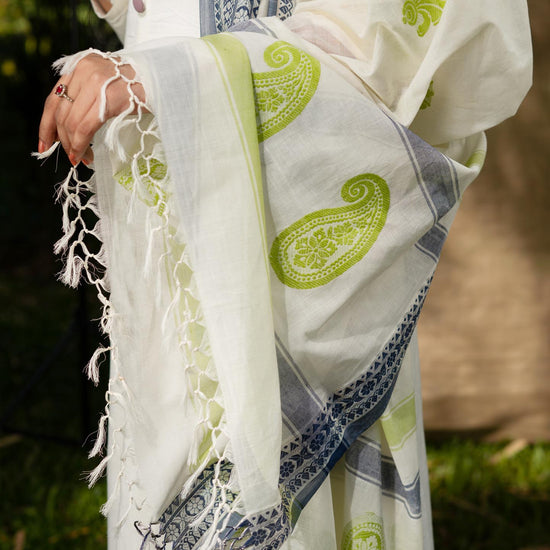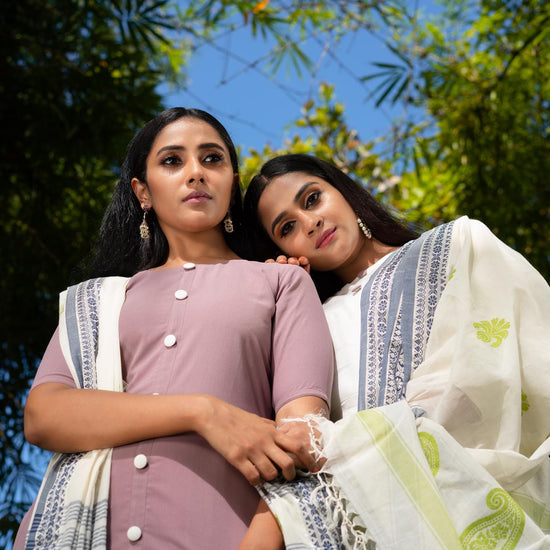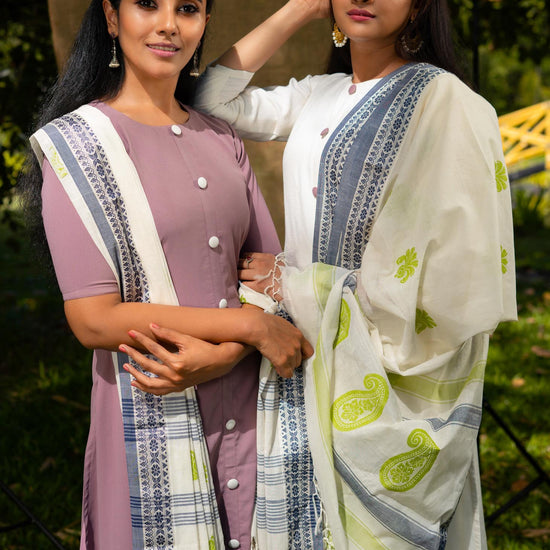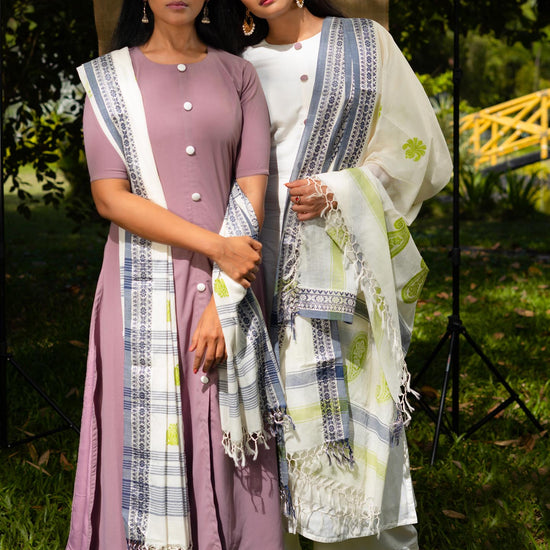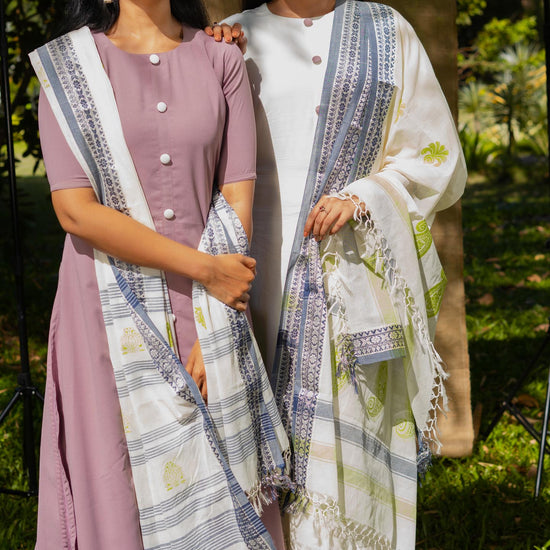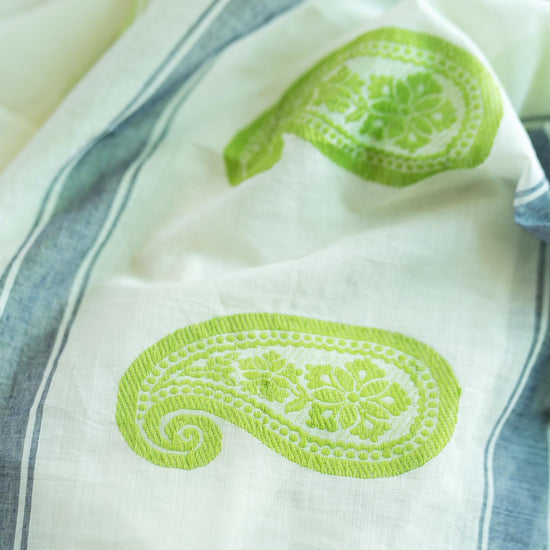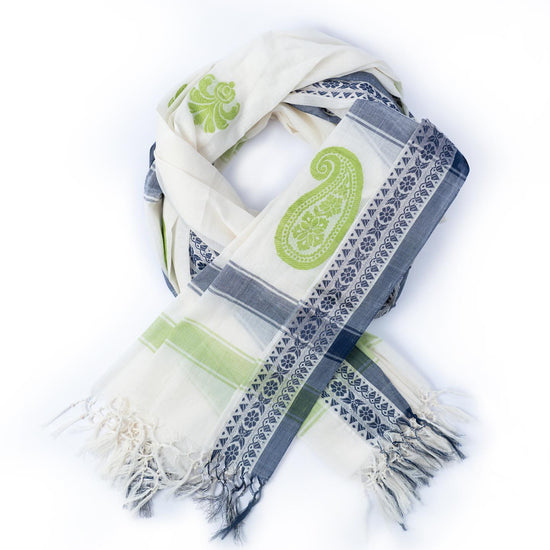Saarika Dupatta
Quick Replacements for Transit Damage (Within India)
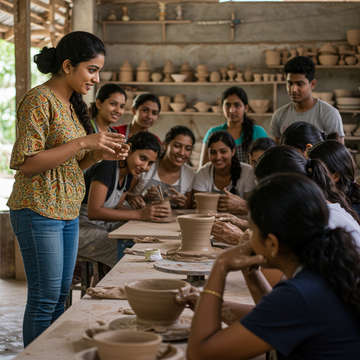
Craftsmanship Rooted in Culture, Designed for You
We admire art. We appreciate the talent behind good artWe respect the artisans skills and hard workWe support communities around talented artisansWe are Puthussery!The pillar behind Graamyam
Loved your products! They are so good! Would love to purchase more
Thank you so much I have received the phulka maker. am very happy with it, I have used it to roast chestnuts as well which I had brought from Kashmir. It was a meeting of North and South. Thanks once again.
Just love my pick!!! :) "Their sarees are true embodiment of authenticity and a celebration of tradition that resonates deeply with those who appreciate it."
Received the product. Thank you. Excellent Quality. Appreciate your effort on following up the order. Means a lot. Thank you so much.
Every piece is a story of tradition and passion.
Experience the Art of Handcrafted Excellence
Discover our exclusive collection of sarees, dupattas, and stoles, crafted by skilled artisans. Elevate your style with creations rooted in heritage and authenticity.


